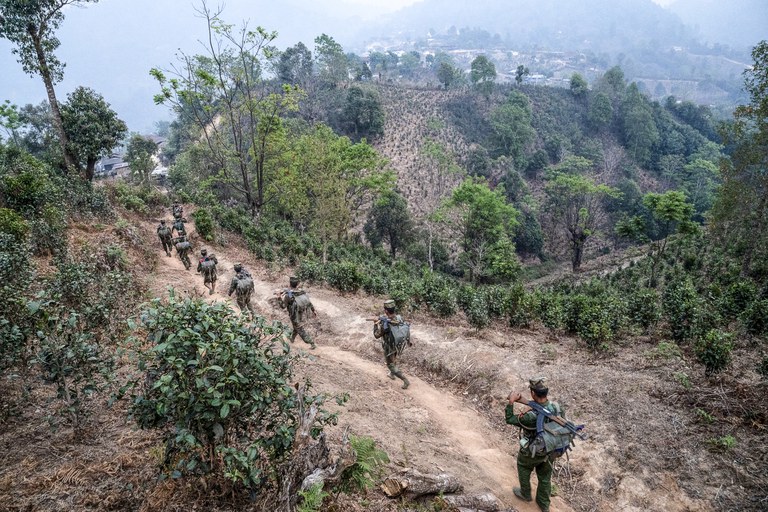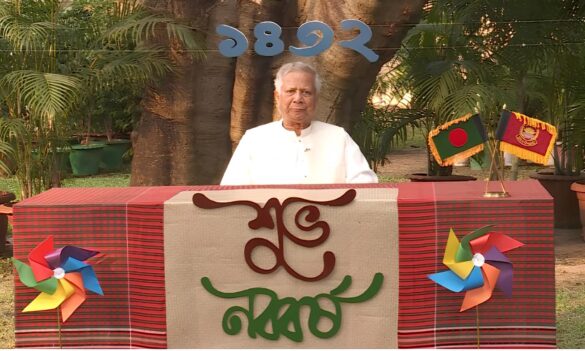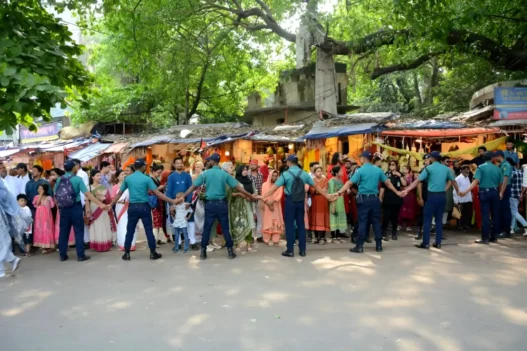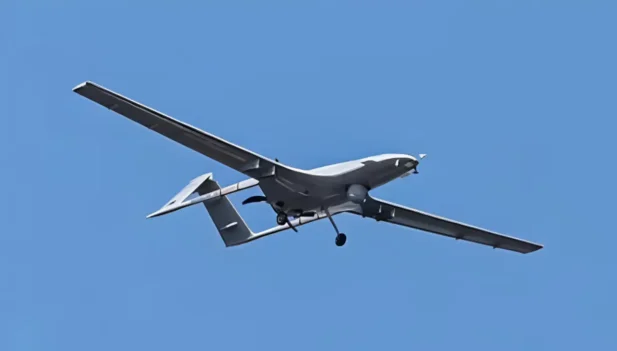After a brief lull, Northern Shan State has erupted in conflict once again. Rebel groups, the Ta’ang National Liberation Army (TNLA) and the Myanmar National Democratic Alliance Army (MNDAA), have intensified their offensive against the military junta. On October 2023, the Brotherhood Alliance, comprising these groups, inflicted significant damage on the junta, leading to a ceasefire brokered by China known as the Haigeng Agreement. However, the ceasefire has been short-lived, with the rebels accusing the junta of repeated violations.
Conflict resumed in May 2024, when TNLA members were killed and injured by junta shelling in Nawnghkio. Accodng to local media reports civilian casualties have also been reported due to junta airstrikes and shelling. The situation escalated further in June when the TNLA captured key junta positions in Naungcho, leading to intense battles and civilian casualties from junta bombings. The TNLA’s strategic advances included capturing police barracks and artillery battalions in Chaukme and seizing an air force compound and other positions near Mandalay city.
In addition to the TNLA, the MNDAA has been actively attacking junta positions around Lashio Township, aiming to liberate their homelands and eradicate the military regime in Naypyitaw. The rebels’ persistent offensives far beyond their traditional territories signify a broader objective of dismantling the junta’s control, supporting other ethnic groups and the ethnic Bamar majority in their fight for democratic rule.
The renewed hostilities mark the definitive end of the Beijing-brokered ceasefire in January, with the regime’s motives for reigniting the conflict remaining unclear. The situation continues to develop, with significant implications for the region’s stability and Myanmar’s political future.







